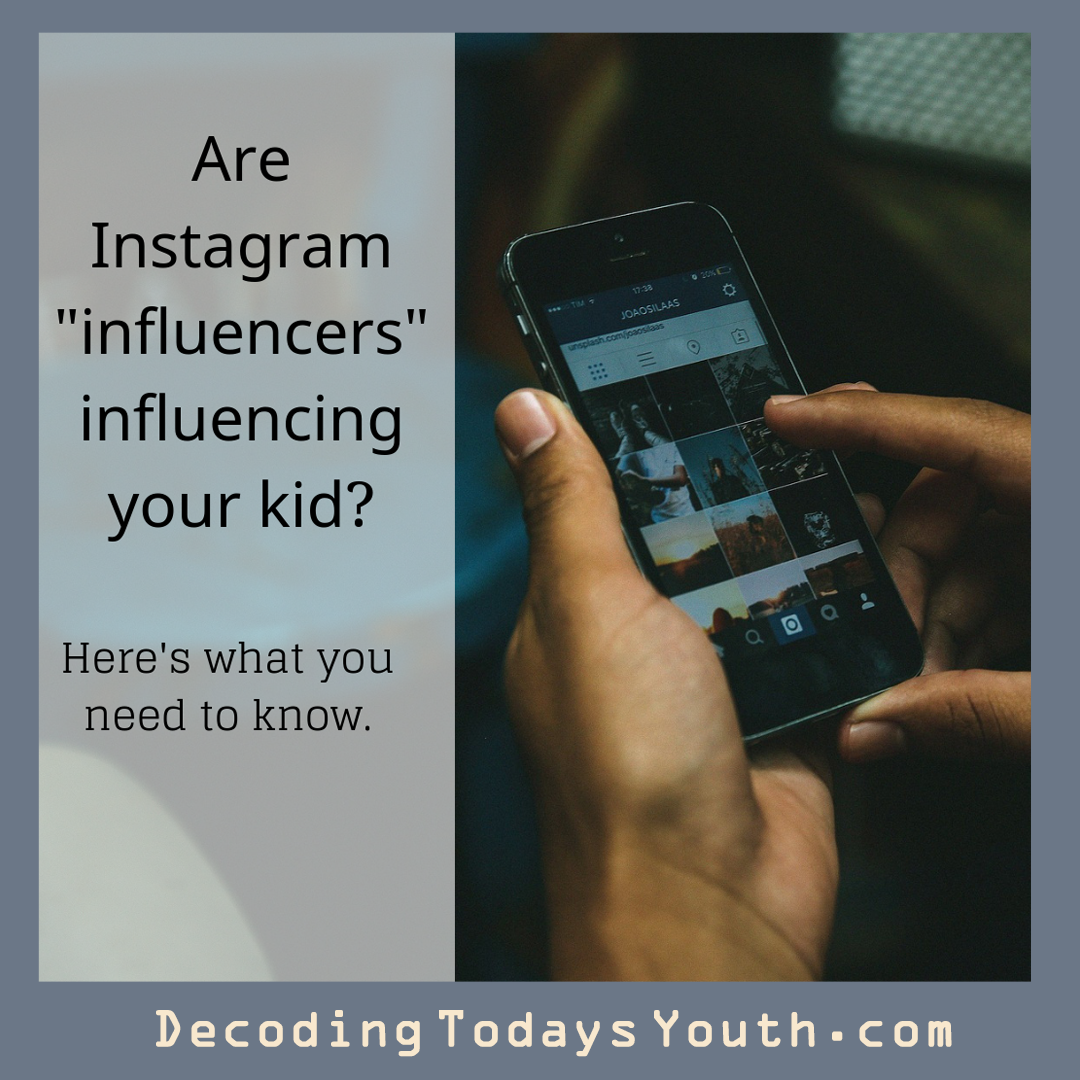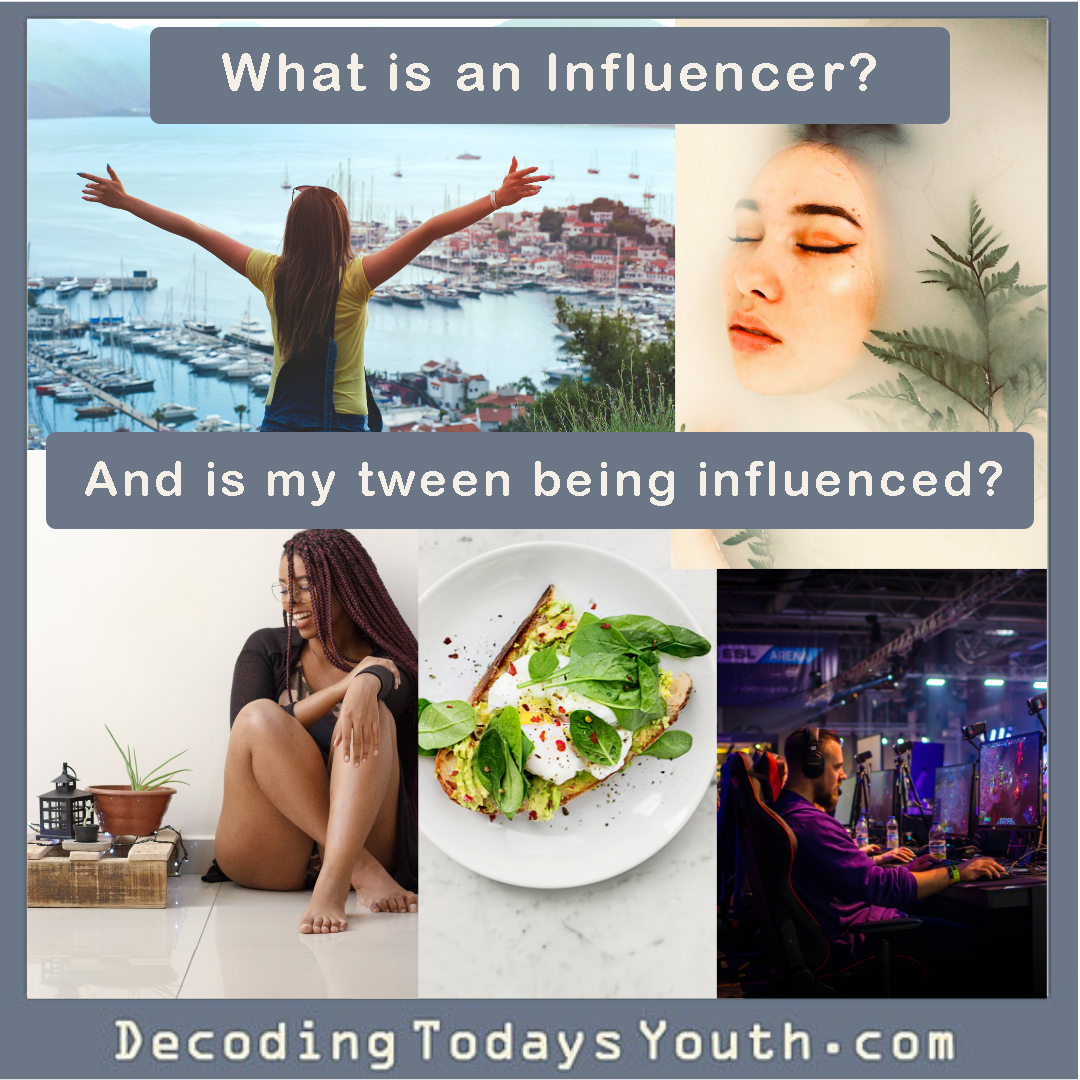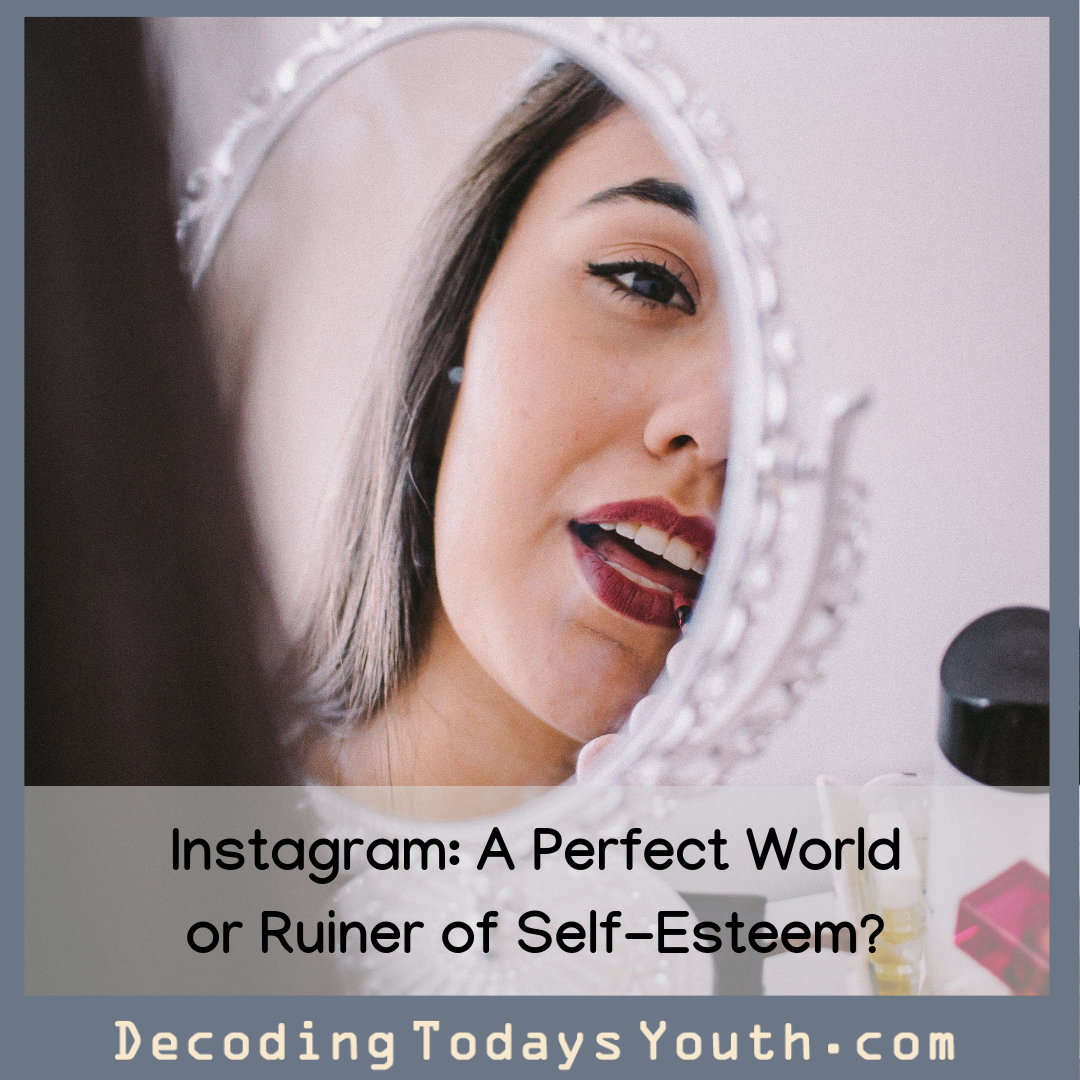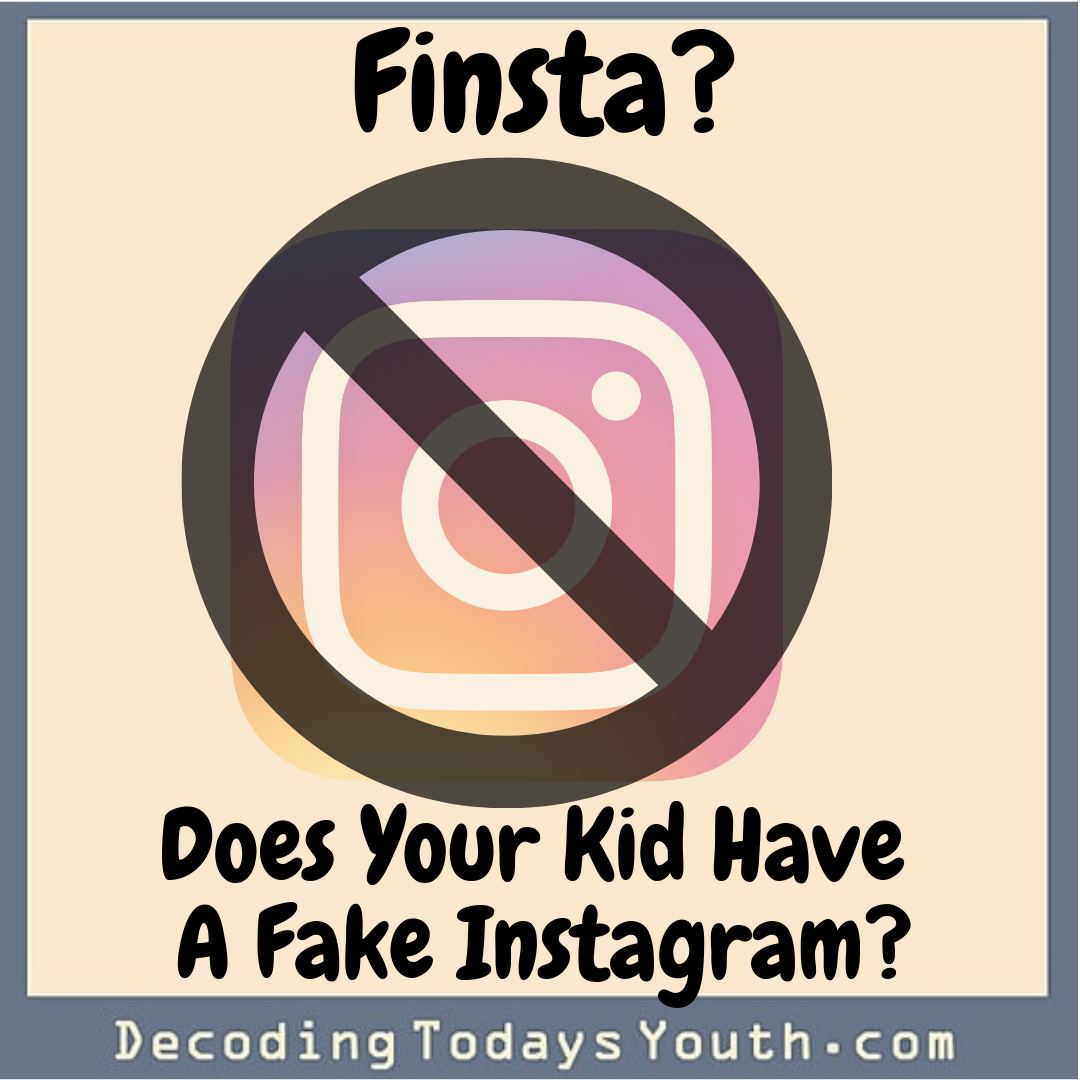
We’ve already taught you what an influencer is (https://www.decodingtodaysyouth.com/what-is-an-influencer-and-whats-it-got-to-do-with-your-tween/). Influencers are either celebrities or ordinary people who are paid by a company to promote its products on social media.
Maybe what you don’t know are all the harmful products and practices that are popping up on your teen’s social media timeline as a result.
The big player in this game is Instagram. It works well for the influencers (and companies) because of its flashy pictures and cleverly worded captions. It screams “if you use this product, you too can have an Instagram profile as flashy or a body as perfect” as this person.
Well, Instagram recently released some news. And this going to 100 percent affect your kids.
Soon you and your kids will see more influencers that you aren’t even following. That’s because soon brands will be allowed to promote their influencers’ posts and project them onto the screens of the young and impressionable.
In a way, this is nothing new. Instagram already has sponsored posts that show up on your feed in between pictures of your friend’s cat and your coworker’s beach vacation. But now these will be labeled “paid partnership.”
Hey, we know you’re already worried about the kind of material your kid/pre-teen is taking in when they spend hours upon hours in front of their cell phones. So here’s a quick list of some products and ideas that have shown up on your kid’s timeline because of influencers.
Flat Tummy Tea
As the name suggests, this company wants you to believe that by drinking this tea, you will lose weight quickly and easily. A few of the Kardashians have come under fire lately for promoting this product. The company sells lollipops, shakes, and supplements as well as tea.
At this point, many experienced social media users know that Flat Tummy Tea is not only not effective, but it’s dangerous and unhealthy, but these are high school and college students. Younger kids may not be up on this kind of promotion. I think the products either “curb hunger” or “help with digestion,” which means to me maybe they make you sick.
Many influencers don’t actually try the product. They just post a picture with a caption that the company told them to include. Read more about Flat Tummy Tea’s Instagram empire here.
See also: any product that claims to be healthy while making you cut weight crazy fast.
YouTuber Logan Paul visiting a Japanese suicide forest
Yes, you read that correctly. Logan Paul posted a YouTube video of himself in the Aokigahara. This is a forest in Japan where many people go to take their lives. Regretably, he showed a body he had come across while filming.
To make matters worse, he kept the same attitude of his other videos and made jokes along the way. If you want to read more about it: https://www.washingtonpost.com/news/the-intersect/wp/2018/01/02/youtuber-logan-paul-apologizes-for-showing-body-in-japans-suicide-forest/?noredirect=on&utm_term=.b3cd12d5162e.
Using natural disasters to gain or keep attention
When wildfires broke out in California, many influencers took to social media to send “thoughts and prayers” to those affected.
While the captions might have matched the situation, some of the photographs definitely didn’t, such as selfies or perfectly posed, professional photographer pictures. It was a way for the influencers to stay on top of a trending topic while also gaining likes from being “sympathetic.”
So what can you do?
- Research. If your teen wants to buy something that they saw promoted on social media, do your own investigation before purchasing. Look up reviews. If it’s something that will be ingested, like a supplement or diet tea, check the ingredients and find out what’s really in it. Also, look for any possible side effects.
- Talk. Ask your kid what kinds of things they’re seeing on social media. How do they feel about them? Do they think the influencer actually uses the product or just gets paid to post about it? Open up the conversation so they know that those influencer reviews aren’t always truthful or thorough.
- Be present on social media. Not in a snooping way. But it won’t hurt to make your own account just so you know what’s going on in that social media universe. Follow news stations. Follow celebrities. Get a glimpse of what your teen is seeing on their screen.






